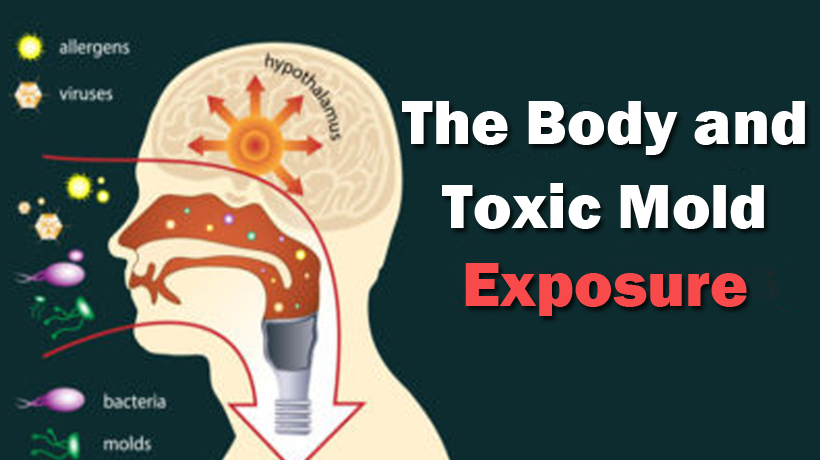Molds are a type of fungi and have been on the Earth much longer than us. They exist mostly in damp, humid and warm environments such as basements or showers. Concentrated, indoor mold may cause some clinical conditions.
Having a mold allergy and mold toxicity are two different things as explained by functional-medicine doctor, Ann Shippy. In 2004, a review by the Institute of Medicine suggested consistent associations between indoor dampness or mold and respiratory or allergic health effects in infants, children, and adults.
Mycotoxins, however, are specifically what cause mold toxicity and are little poisons that mold produces. Different exposures to mycotoxins cause various levels of symptoms. I read the symptoms of mold toxicity and immediately decided I have been poisoned by all the little mycotoxins, but came to the realization that my air conditioner has been keeping the humidity levels of my apartment down to work against exposure. So don’t freak out! But we should be aware of what mold toxicity means. Common symptoms include insomnia, fatigue, headaches, numbness, joint and muscle pain, anxiety, depression, nausea, bloating and continuous dehydration to name a few.
Here are some ways to decrease your exposure to mold as suggested by the CDC.
- Periodically open windows and doors for fresh air in your household.
- An air conditioner or dehumidifier can regulate humidity levels. Anything above 50% can create an environment for mold.
- Carpeted bathrooms and basements can promote mold so maybe re-think some interior decorating.
https://www.cdc.gov/mold/dampness_facts.htm
https://www.ncbi.nlm.nih.gov/pmc/articles/PMC4898283/
https://goop.com/wellness/health/how-to-identify-hidden-mold-toxicity-and-what-to-do-about-it/



